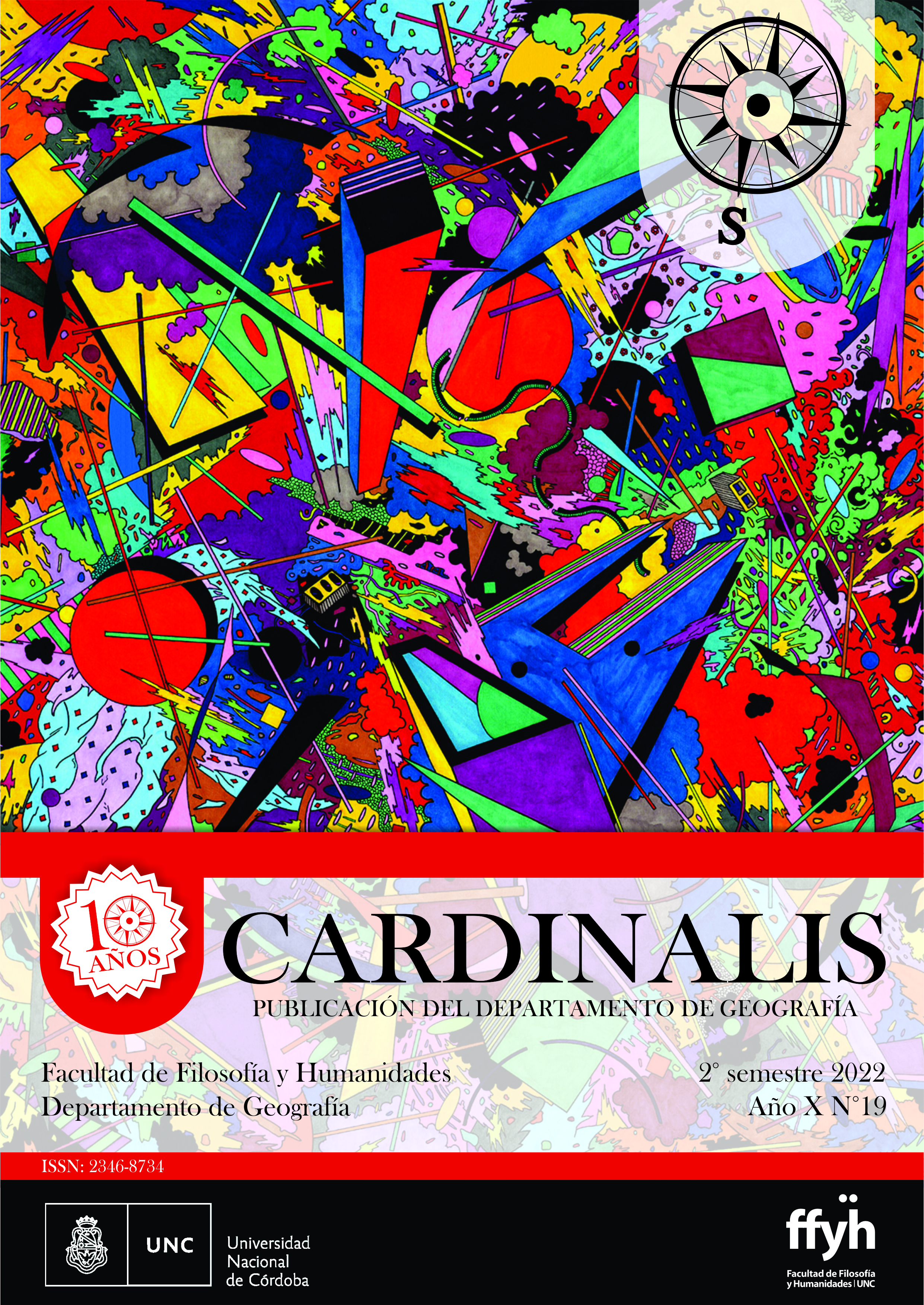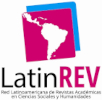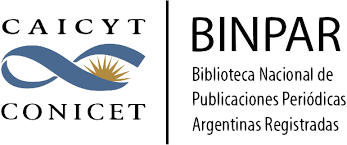Everyday nationalism, alter-geopolitics of the flags and displacement of the national fabric during the social outbreak in Chile
Abstract
The 2019-2020 revolts in Chile witnessed unprecedented protests in the country's democratic era, with citizens taking to the streets and social networks to express their demands, centered on the enormous inequalities and injustices inherent in the Chilean neoliberal state. For them, they made use of creative representations and the deployment of objects and symbols that came to signify and embody their struggle. Among them was the black flag, an appropriated version of the Chilean national flag. We use this provocative object to show how flags can be deployed by national citizenries to generate certain affective atmospheres of shame, mourning, and despair directed at the nation. In addition, we show how citizens actively participated in the design and making of flags that expressed their feelings towards the nation, a process that, at times, was cathartic, and also involved reimagining the Chilean nation. Scholars of everyday nationalism have emphasized the individual actions of national citizens, the materialities of objects such as national flags, and the atmospheres that can emanate from them, but all such research has paid less attention to the collective and subversive interventions of citizens attempting to (re)define and (re)think the nation. In contrast, alter-geopolitics (Koopman, 2011) has explicitly encouraged political geographers to pay attention to grassroots interventions that bring bodies together to resist state (in)security and construct nonviolent alternative securities. Thus, we argue that everyday nationalism's sensitivity to agency, bodies (both human and nonhuman), and affective national atmospheres can be brought into productive dialogue with alter-geopolitics to underscore the political potentialities of certain materialities that can be collectively engaged by citizenries.
Downloads
Downloads
Published
Issue
Section
License

This work is licensed under a Creative Commons Attribution-NonCommercial-ShareAlike 4.0 International License.
Aquellos autores/as que tengan publicaciones con esta revista, aceptan los términos siguientes:- Los autores/as conservarán sus derechos de autor y garantizarán a la revista el derecho de primera publicación de su obra, el cuál estará simultáneamente sujeto a la Licencia de reconocimiento de Creative Commons (indicada abajo) que permite a terceros compartir la obra siempre que se indique su autor y su primera publicación esta revista.
- Los autores/as podrán adoptar otros acuerdos de licencia no exclusiva de distribución de la versión de la obra publicada (p. ej.: depositarla en un archivo telemático institucional o publicarla en un volumen monográfico) siempre que se indique la publicación inicial en esta revista.
- Se permite y recomienda a los autores/as difundir su obra a través de Internet (p. ej.: en archivos telemáticos institucionales o en su página web) antes y durante el proceso de envío, lo cual puede producir intercambios interesantes y aumentar las citas de la obra publicada. (Véase El efecto del acceso abierto).

Esta obra está bajo una Licencia Creative Commons Atribución-NoComercial-CompartirIgual 4.0 Internacional.






